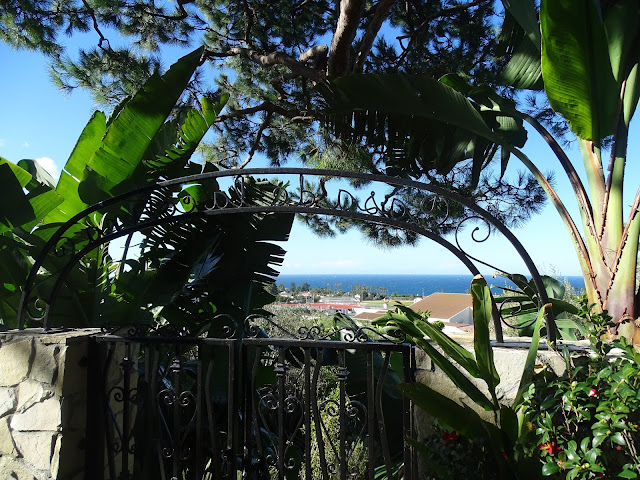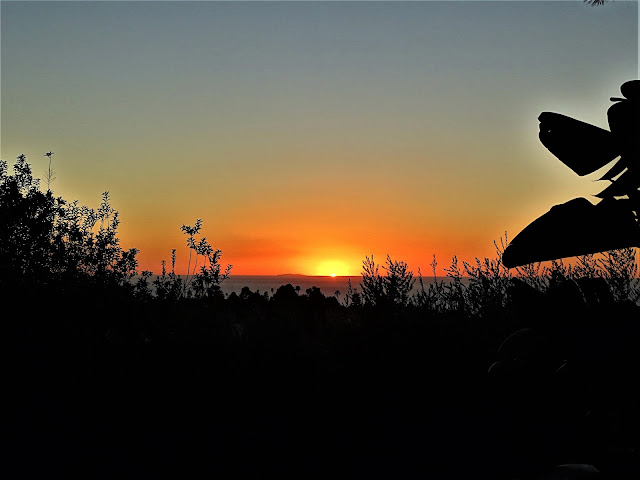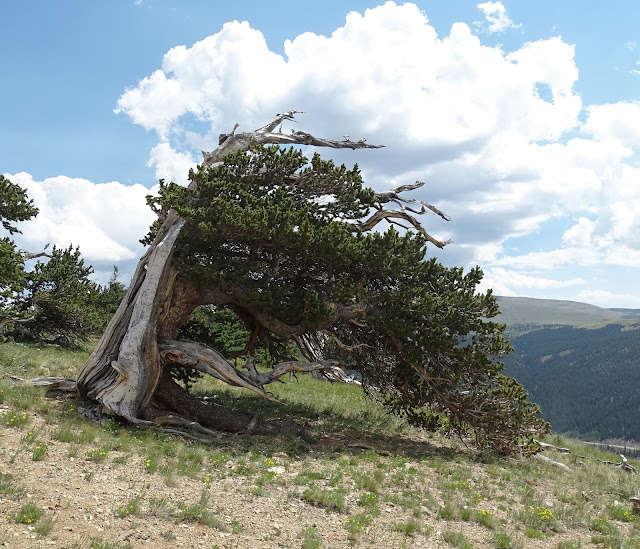 |
| Escobaria vivipara var. bisbeeana |
One of my cactophile Facebook friends has challenged me to do a blog
about cacti:I could, should and probably will do dozens if not hundreds
of blogs about succulents--since these are among my favorite groups of plants...and one species in particular is near and dear to my heart. One of the most widespread ball cacti in North America is
Escobaria vivipara: it can still be found abundantly here and there throughout the West from Canada to Mexico, and from the Great Plains to the Great Basin. If you happen to grow one or two accessions of "nipple cactus" (alas, its best known common name), you have barely begun to test it. It grew wild a few blocks from my home at the edge of Denver where Harlan Hamernik collected a batch of seed he grew and sold through Bluebird Nursery for years. That colony is now an apartment complex (I believe there are more another mile or so down the road). I have seen it in Kansas and many places in Wyoming, New Mexico, Utah and Arizona--and all over my native state. Each colony seems a little different, and varietal names have been coined for some extreme forms you see here. What unites them all is that they tend to be quite adaptable and easily grown--from seed preferably!
Here are a few shots from my archives...
 |
| Escobaria vivipara var.rosea |
This rare subspecies from Nevada was given to Denver Botanic Gardens almost 34 years ago by botanists from the B.L.M. Long gone, alas--except for this scanned image.
 |
| Escobaria vivipara var. buoflama |
I got this one from Mesa Gardens...
 |
| Escobaria vivipara var.cicipara |
I photographed this in central Kansas.
 |
| obaria vivipara var.cicipara |
Here is a New Mexican form growing with a Turkish succulent in a trough in my garden.
 |
| Aobaria vivipara var.deserti |
Amother very different one--growing in the Barnett Garden in Pueblo (more about them in the end)
 |
| Escobaria vivipara |
I was shocked to find these long, columnar forms growing in the display garden at Wild Things in Pueblo==I never dreamed they'd grow so tall!
 |
| Escobaria vivipara var.cicipara and Convolvulus boissieri v. compactus |
The one on the left came from my ex-wife's ranch in West Texas near Abilene. Growing with a very different plant from Turkey on the right...
 |
| Escobaria vivipara var.cicipara |
One of my favorite sites for this cactus in the wild in Wyoming not far from Laramie.There are hundreds there in the grass growing with a welter of choice wildflowers. I brought Ron McBeath (head of Alpine and Herbaceous plants at RBG Edinburgh at the time) here many years ago--and he couldn't believe it!
 |
| Escobaria vivipara at Wild Things |
William Weber stupidly accuses the "International Rock Garden Trade" of exploiting these cacti in the wild in the intro to several of his Floras. Of course, most rock gardeners avoid cacti like the plague. Besides,they're being produced in enormous numbers by nurseries like Wild Things where this was photographed: I don't believe many hobbyists collect ball cacti any more: why bother when you can have an unblemished nursery specimen cheaply? I've known Bill since I was a child--and he writes beautifully and well, but he is horribly ignorant about anything touching on horticulture. Had to spit that out.
Aha! I've lured you to the bait!
This is all preamble to let you know that
Escobaria vivipara and dozens of other taxa are much more exhaustively treated in this wonderful new book than you can begin to imagine, starting with county map distributions, and fantastic photography throughout. Just click on the
Cactus of Colorado and
you can order your copy! (Full disclosure: I did write the Foreword--but I don't get any kickbacks!)


































































